Previously unobserved frequency changes in radio signals detected in a black hole binary system could change our understanding of black hole physics.
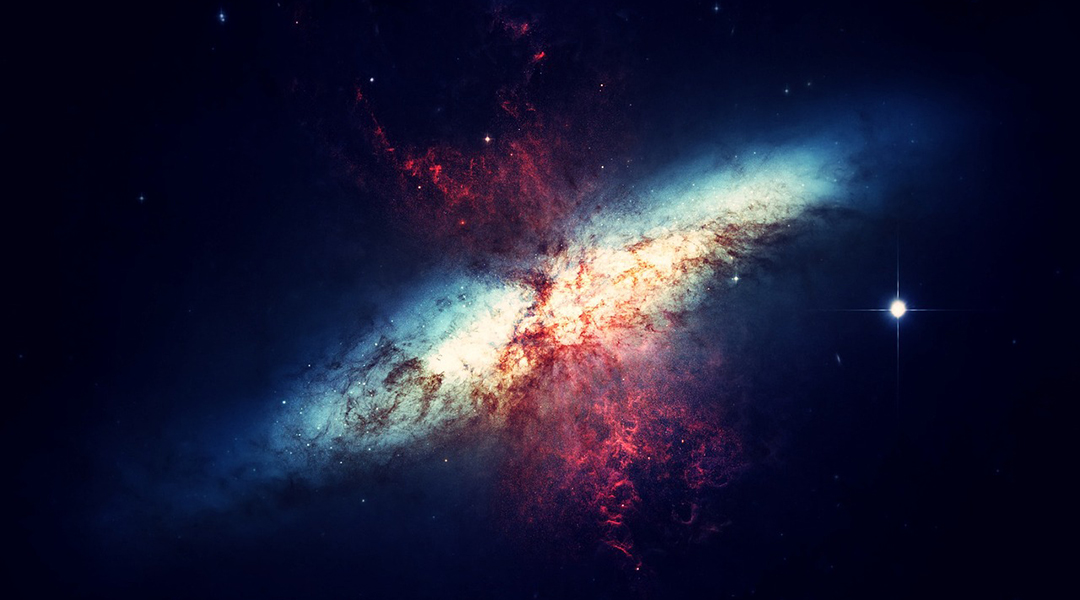


Previously unobserved frequency changes in radio signals detected in a black hole binary system could change our understanding of black hole physics.
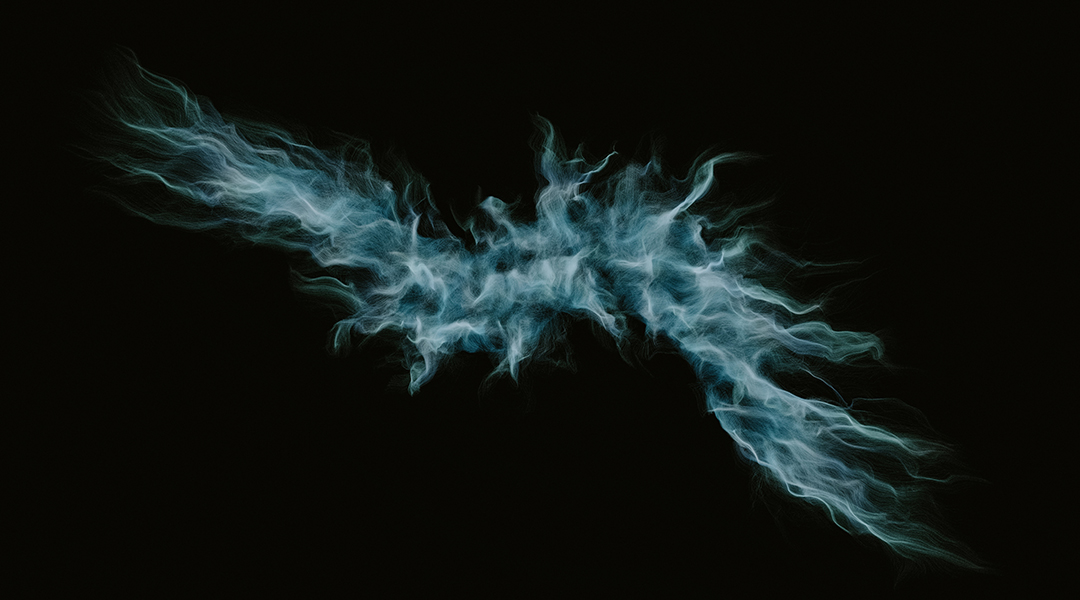
Promising candidates for efficient future electronics, researchers are exploring these exotic materials for better computer memory, hard drives, even quantum computers.
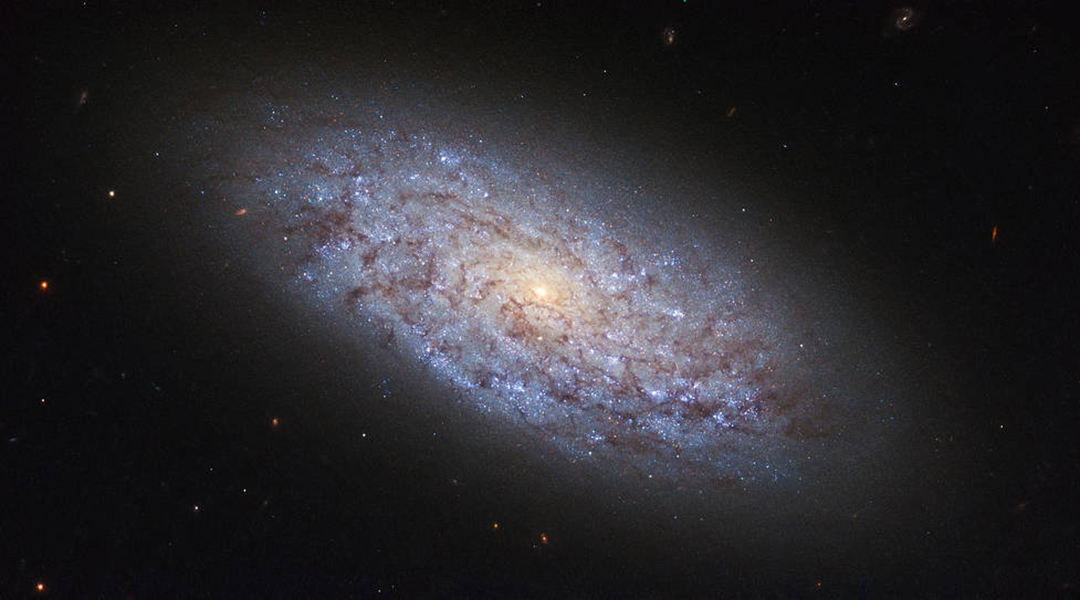
Using the galactic glow of dwarf galaxies, researchers investigate a hypothetical particle called an axion as a possible contender for dark matter.
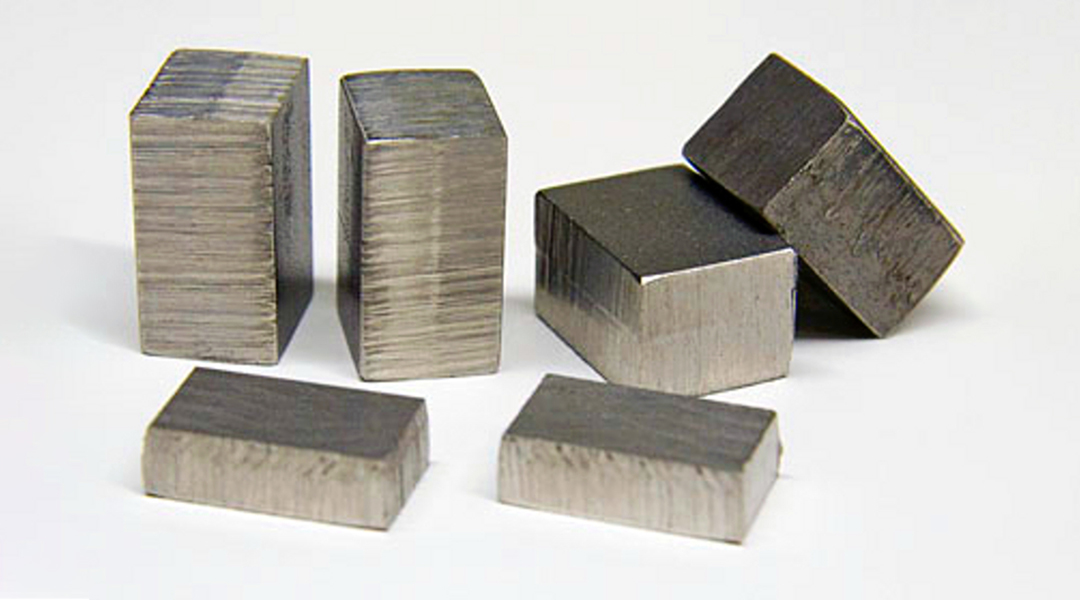
With a unique experimental setup that measures magnetism and atomic vibrations, scientists finally shed light on a unique property of Invars, which don’t expand when heated.
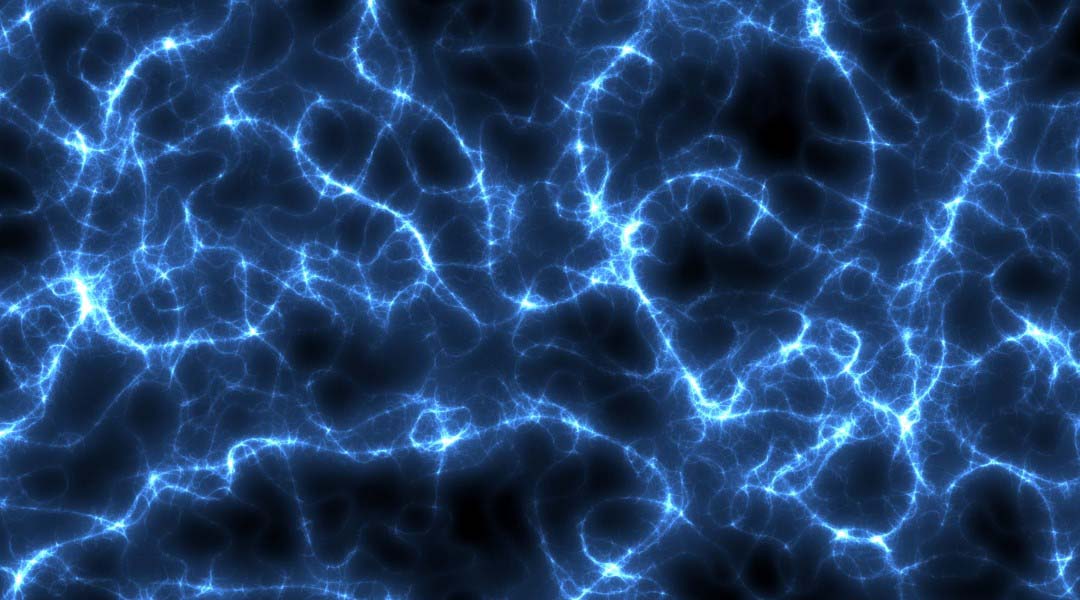
For fusion reactions to become practical, parameters such as plasma density and shape must be monitored in real time and impending disruptions responded to instantly.

Fermions forming pairs? It’s just a matter of getting the conditions right.
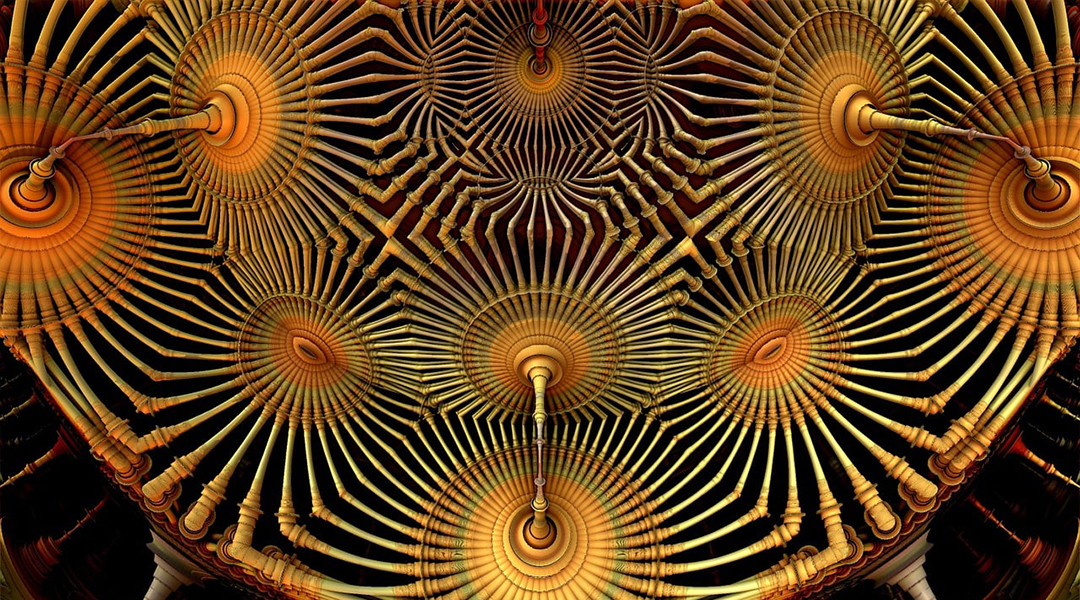
A new type of superconductor may just be what physicists have been searching for over the past 40 years.
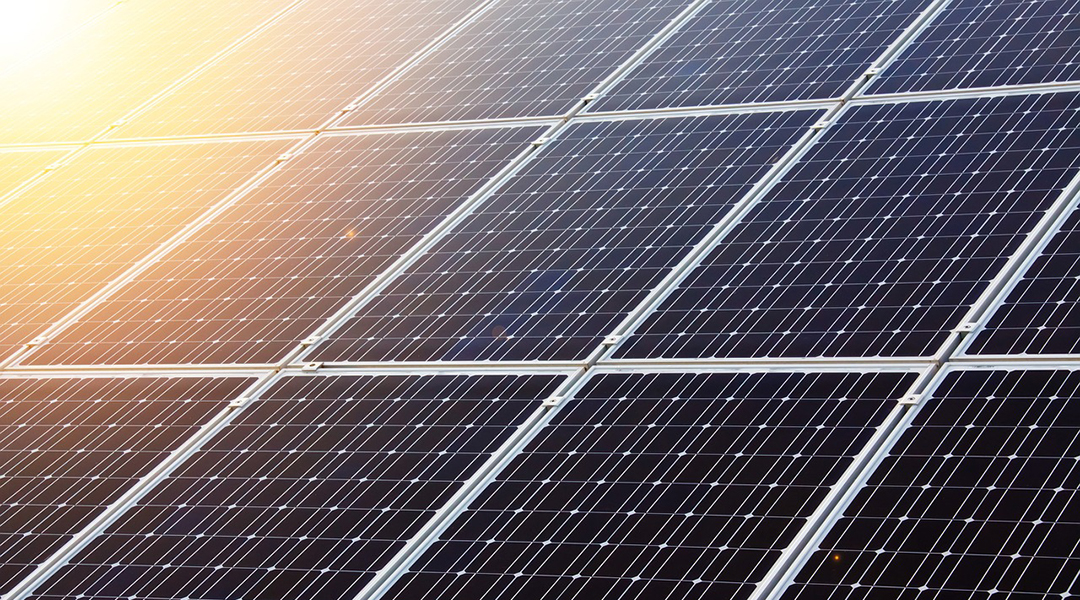
A new design approach and specialized organic material helps improve the efficiency of lateral solar cells, turning energy generation on its side.
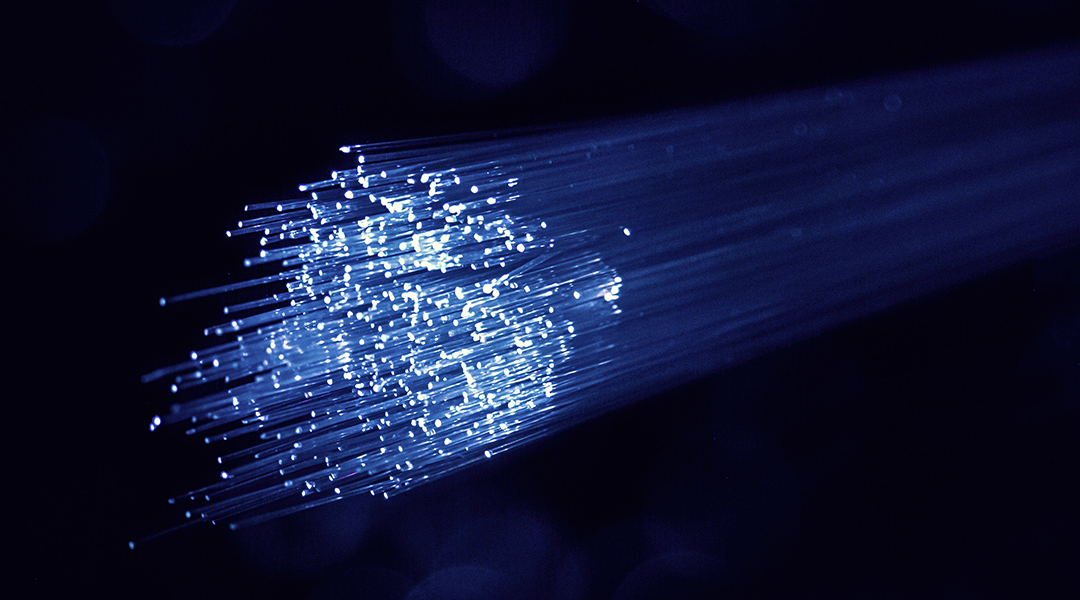
Quantum key distribution is the only way to ensure an absolutely secured connection protected by the laws of quantum physics.
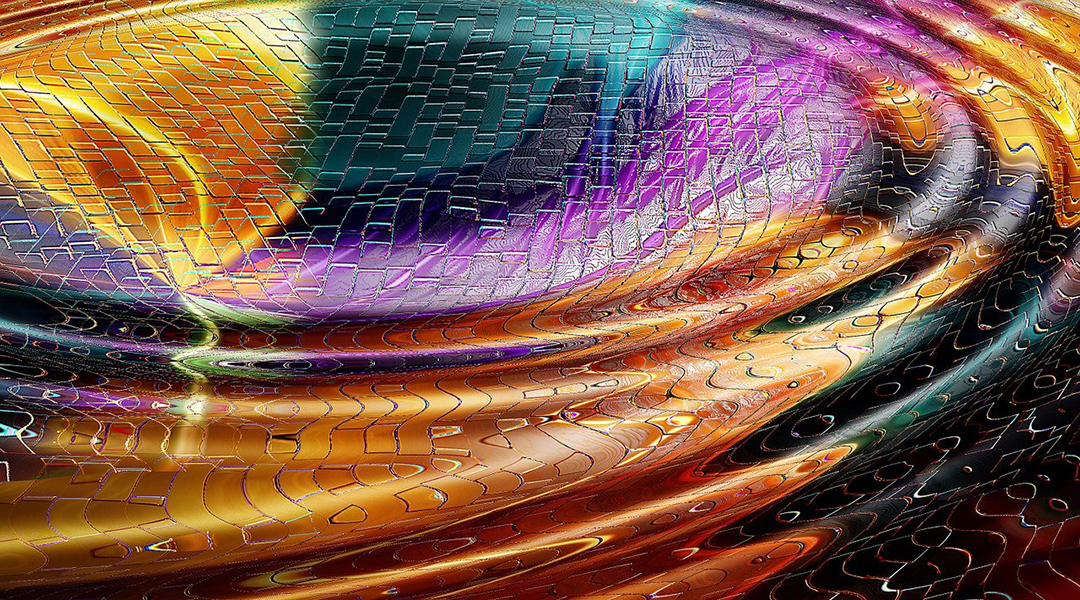
A 15-year study using observed radio signals from the 67 pulsars has concluded that the entire cosmos is filled with undulating gravitational waves.